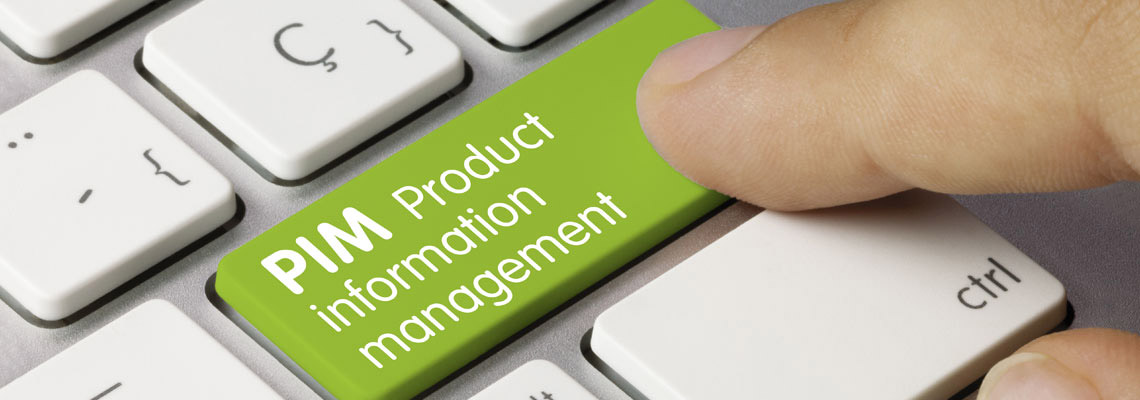The term “Product Information Management” is often used to describe the process of managing data about a product, such as pricing, availability and other details. This can include everything from how much inventory is available in your warehouse to where different products are located on your website. What kind of data can be managed with the system? This is an important question that as a business owner you should ask yourself before you start using the system. Its software systems are designed to help businesses manage their data more efficiently and effectively which helps improve the performance. Still, it’s hard to know what you’re getting into without knowing how much you need in terms of features. Read on to see the kind of data that a pim can manage.
Basic Product Identifiers
Product identification is the most basic information that’s required about a product. Product name, code, etc., are all basic identifiers that form the foundation. These identifiers provide a means of quick identification when processing orders and allow you to quickly identify which items need to be added or removed from your stock to match what is on hand. With this, it will be easier for your team or suppliers to track the products they need. Basic
product identifiers also work best for clients as they can quickly get an item they are searching for. Note that if your products are available for the international market, it is vital to have a global trade item number. With this said, you should understand that each country has its number. Therefore, make sure to include the different versions to suit the international market.
Marketing Messaging
messaging is the process of managing information related to sales, such as product information, inventory management, sales analysis and customer segmentation. By using this tool, companies can easily organize their sales data, which will help make decisions for
marketing strategies and planning. In a nutshell, marketing messaging play a role in helping your customers understand what makes you different and why they should choose you over your competitors. To facilitate this aspect, ensure that your clients have a good experience. You can achieve this by providing a list of available products. When describing the available items in your company, ensure to incorporate a variety of languages. This is to ensure that you capture all your audiences. Even when using the different languages, ensure that the format you use is similar to facilitate uniformity.
Technical Specifications
Technical storing all of your technical product specifications in one place, you can accurately represent the item on any platform. You won’t have to spend time and energy manually inserting information repeatedly when syndicating with a new marketplace or channel. From the
customer’s perspective, this transparency will help them get accurate representation beforehand, so they know what to expect from their purchase before it arrives at their doorstep. Examples of the product specifications you should include the pim include; material, colour, weight, dimensions and performance data. As seen above,
Goaland's product information management will make work easier for your company. One thing you need to understand is that pm can be used in any industry, from manufacturing to retail; hence you are covered. It would be best to pay attention to the information you fill out for your clients to see. If you are not aware of the aspects that you should incorporate, consult with a professional. The system can be used in conjunction with other systems like CRM or ERP for a complete picture of your business’s operations.
